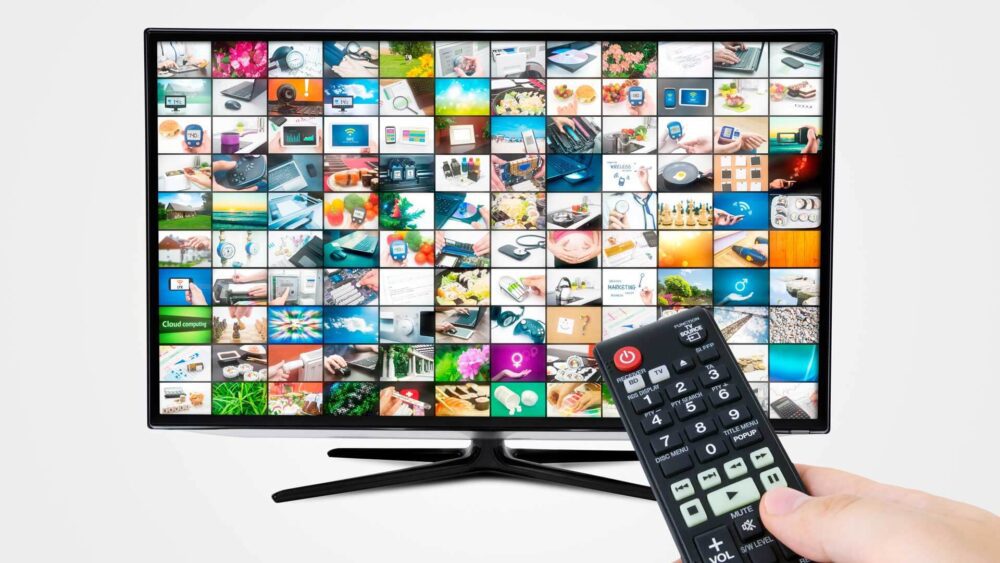Many entrepreneurs often shelve the idea of TV advertising, thinking it is an extravagance only affordable by the big players in the industry. The notion that TV ads burn a hole in the pocket has been prevalent for years.
While it’s true that securing a spot during prime time on national broadcasts can be pricey, local TV advertising offers a more budget-friendly alternative.
TV Advertising Can be Cost-Effective
Local TV Advertising is within reach for small and medium-sized businesses, investing in ads during mega-events like the Super Bowl or the Oscars might seem out of reach. But the reality is there’s a whole world of advertising opportunities beyond these high-profile slots.
Local TV advertising, often overlooked, can be a cost-effective strategy to enhance brand visibility. Surprisingly, one can get their brand on local TV channels for just a few thousand dollars monthly, or even less in some cases.
If you’re looking to make a one-time splash, you might be able to secure a spot on a local channel for just a few hundred dollars. On the contrary, national-level ads can run into the hundreds of thousands, making them a significant investment.
Understanding Local TV Advertising
Breaking down the cost of a local TV ad, there are two primary components: production and distribution. The former relates to the creation of the commercial, while the latter concerns getting it on the air.
Remember, production isn’t just about filming. It encompasses the technology used, hiring a production specialist or team, and potentially collaborating with an advertising agency.
Even a modest ad for local TV can have production costs ranging from a few hundred to several thousand dollars. Elements like the scale of production, the quality of equipment, and the rental of studio spaces can significantly influence the budget.
Is Local TV Advertising Worth It?
It might shock some to know that a mere 30-second spot on national TV can cost upwards of six figures. The pricing varies based on the time slot chosen and the breadth of the broadcasting area.
However, for businesses with a limited budget, national ads might not offer the best ROI on the flip side, local TV advertising can be incredibly cost-effective. In smaller markets, some stations might even offer promotional spots for small businesses at rates as low as $50 to $100.
This accessibility means that even businesses on a tight budget can leverage the power of TV advertising to reach their target audience.
Reach vs. Frequency in TV Advertising
When it comes to TV advertising, one of the pressing dilemmas marketers face is choosing between the reach of an advertisement and its frequency.
Both have their merits and challenges, and understanding them is pivotal in maximizing the potential of your advertising campaign.
What is Reach and Frequency
Every marketer dreams of creating an advertisement that leaves a lasting impression in a viewer’s mind after just one exposure.
That’s the power of reach – the ability of an ad to touch a wide audience, making a deep impact with a single presentation. On the other hand, frequency relates to the number of times the same advertisement is aired, targeting the same set of viewers.
However, you must remember that the effectiveness of an ad can wane with repetition. A viewer’s response often diminishes with each subsequent viewing. In essence, hitting a broader audience once can often be more impactful than targeting a smaller subset multiple times.
The Conversion Game
The ultimate aim of any advertisement is to drive conversions, be it in terms of sales, brand recall, or engagement. And data often suggests that advertisements with broader reach have a more significant impact on conversion rates than those that focus on frequency.
It’s a simple yet profound realization: Connecting with a new potential customer is often more valuable than repeatedly engaging with someone who’s already aware of your message.
The Cost Consideration
Making Every Dollar Count When planning a TV advertising campaign, it’s not just the production costs that need to be factored in. The airing cost can vary dramatically based on several variables:
Seasonality
Just like any market, TV advertising costs can be influenced by supply and demand. Major cultural or sporting events, like the Olympics or election seasons, can inflate prices due to heightened viewer engagement.
Prime Time Premiums
The TV industry’s golden hours, typically between 7 pm and 11 pm on popular days like Thursday or Sunday, come with a hefty price tag. This is when the majority of viewers are glued to their screens.
Platform Choices
Choosing where to air your advertisement is crucial. Local broadcast stations might offer a more affordable rate compared to nationwide cable TV channels. However, the reach can differ significantly.
Geographical Implications
The location of your target audience plays a role in determining costs. Urban areas, with their dense populations, can be pricier than rural regions. The potential reach, however, is also vastly different.
Wrapping Up
When strategizing for TV advertising, it’s vital to have a holistic view. It’s not just about creating a captivating ad but also about understanding where, when, and how often to air it.
Making informed decisions based on both reach and frequency while keeping a keen eye on costs will ensure that your advertising campaign delivers optimal results.
Additionally, while national TV spots have their allure, local TV advertising should not be underestimated. With the right strategy, it can offer a meaningful return on investment, ensuring that businesses get the most bang for their buck.

